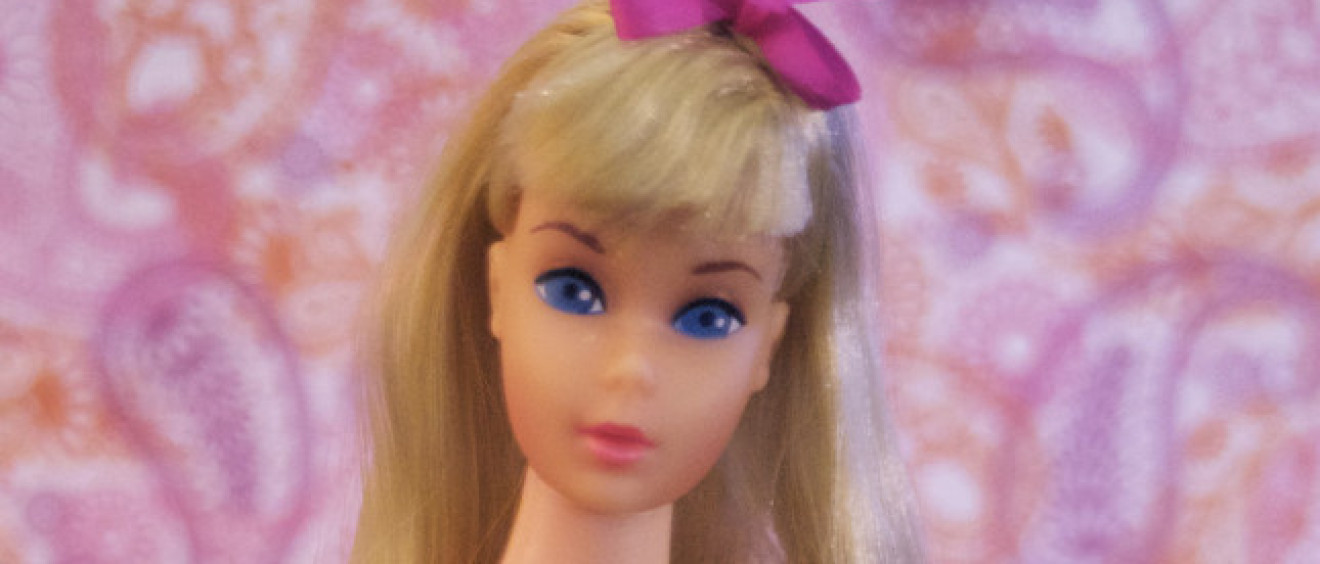
Show me the pink
When Campbell Newman a former Australian politician first proposed the use of pink prison jumpsuits in 2013 I thought why? What is so wrong with pink? However when I investigated further I found that the colour pink is getting more engendered by the day, all you need to be convinced is take a glance down any toy aisle at your local store.
But it wasn’t always the case.
All About Pink
The colour pink is widely regarded as a feminine hue that’s mainly associated with little girls or anything related to being “girly.” But have you stopped to wonder where these feminine associations come from or why pink has certain associations? Here’s some interesting information on one of the world’s most beloved colours!
Pretty in Pink
Pink is actually just a pale red colour that’s named after the flower of the same name. But in many European languages, pink is called “rose” or “rosa” after the beautiful smelling flower. The name itself is derived from the frilled edge of the pink followers, with the verb “to pink” going back all the way to the 14th century, which is said to “decorate with a perforated or punched pattern.” It was first used to describe the colour we’ve come to love in the 17th century.
But that doesn’t mean that the ancient civilisations didn’t know about the colour since it was actually referenced in Homer’s Odyssey and is referred to as “rosy.” The colour pink wasn’t a popular colour in the Middle Ages since nobles liked to wear bright reds better, but there are references to the colour in 13th and 14th century artwork. Then in the Renaissance, Raphael painted his Madonna of the Pinks, with depicts the Christ child giving a pink flower to the Virgin Mary, which is a symbol of marriage and a spiritual marriage between child and mother.
Pink didn’t become a popular colour until the Rococo Period in the 18th century, when pastel colours were in fashion in all of Europe’s courts. It became the colour of seduction in portraits during this time, while some paintings, it was supposed to symbolise childhood, tenderness and innocence.
Symbolism
Pink is mostly a colour that’s associated with politeness, charm, sweetness, tenderness, sensitivity, childhood, softness, romantic, and the feminine. But when it’s combined with either black or violet, it’s often associated with seduction and eroticism.
Gender Associations
Pink is mostly associated with girls and blue for boys, with these two colours first used for gender before World War I. Before this, pink was actually a color for boys in 19th century England since men wore red uniforms and boy would wear pink. It became the colour for girls in the 1940s after the popularity of blue and white sailor suits for boys skyrocketed. By the 1950s, pink was a feminine colour and has been ever since. Toys and clothes for little girls are always pink as opposed to blue for boys.
Pink is definitely an interesting colour that wasn’t always associated to little girls as it is now and was merely a lighter shade of pink. While it was still a colour, it wasn’t a dominant colour that many used up until the 18th century and now it’s everywhere. There are pale pinks and magenta pinks and everything in between!

